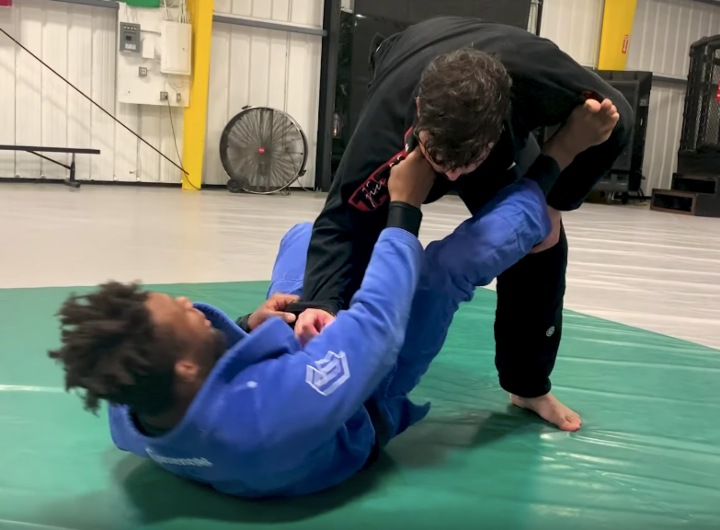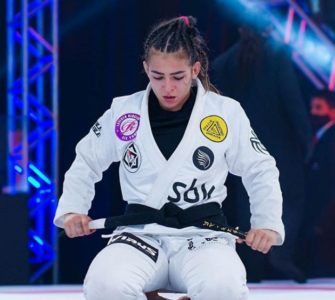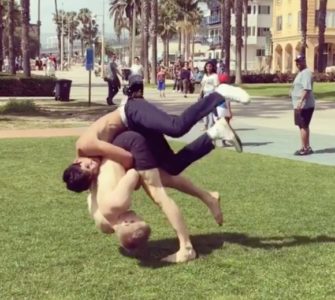Mastering both sides in Brazilian Jiu-Jitsu offers several significant benefits, both for personal development and strategic advantage in competition. Here are some key points to consider:
- Understanding and Improving Technique: Training your non-dominant side in BJJ can enhance your overall understanding of techniques. When you work on your weaker side, you’re forced to pay closer attention to the details of the move, which can deepen your understanding. This process of breaking down techniques and re-learning them on the other side can lead to a more comprehensive grasp of BJJ fundamentals.
- Strategic Versatility: Having the ability to attack or defend effectively on both sides makes you less predictable and more versatile in sparring or competition. If you can only pass guard to your dominant side, for example, a savvy opponent will quickly pick up on this and adjust their defense accordingly. Being proficient on both sides allows you to exploit your opponent’s weaknesses, regardless of which side they present.
- Balanced Development: Training both sides helps in developing a more balanced physique, reducing the risk of overuse injuries that can occur from repeatedly stressing the same muscles and joints. This balanced approach contributes to overall physical health and longevity in the sport.
- Adaptability in Competition: In high-stakes matches, the ability to switch sides fluidly can be a significant advantage. If an opponent is particularly strong on one side, being able to seamlessly switch to their weaker side can be a game-changer.
- Enhancing Training Partnerships: As a training partner, your ability to attack and defend on both sides not only improves your own skills but also provides a more comprehensive challenge for your training partners. This helps them develop a more well-rounded defense and offense.
- Personal Challenge and Growth: Training your non-dominant side can be a humbling and challenging experience, but it’s also rewarding. Overcoming the initial awkwardness and developing proficiency on your weaker side can be a significant confidence booster and a testament to your dedication to the art.
While it might be comfortable and tempting to focus solely on your dominant side, especially in the early stages of learning BJJ, the long-term benefits of training both sides are substantial. It leads to a more well-rounded skill set, improves adaptability in various scenarios, and enhances your understanding of the sport. Therefore, it’s recommended to start with the dominant side to gain initial proficiency but then gradually incorporate training on the non-dominant side to become a more versatile and effective BJJ practitioner.

















